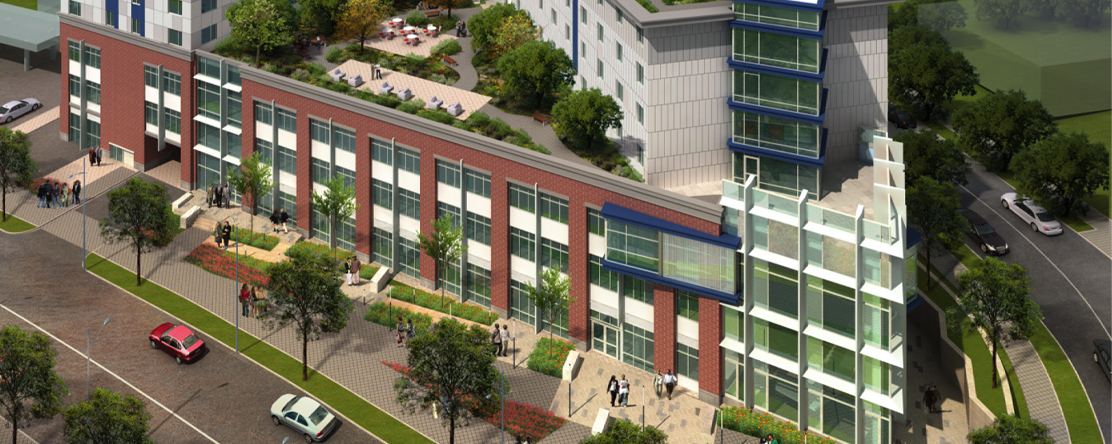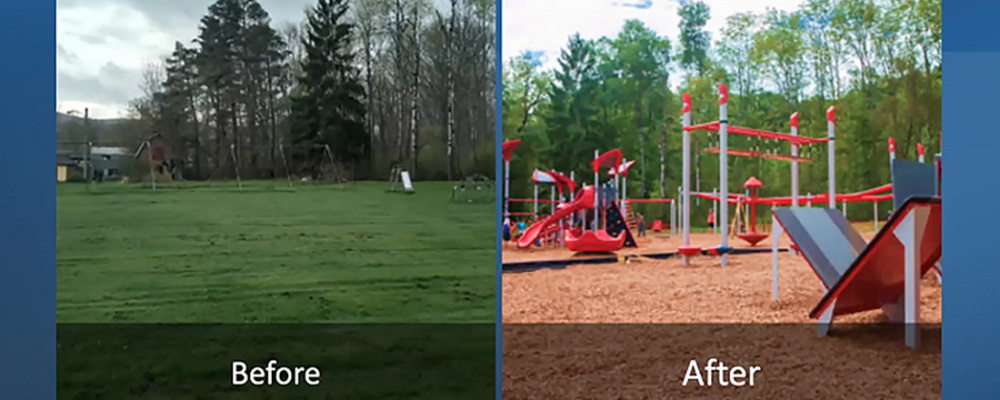
From Outcomes to Impact: An Exploratory Model for Estimating the Health Returns of Comprehensive Community Development
- Chloe Gurin-Sands, Alden Loury, Shehara Waas,Marynia Kolak, Renee Roy Elias, Megan Cunningham, Emily Laflamme
-
Focus Areas
Chronic Disease Prevention, Healthy Communities -
Issues
Community Development -
Programs
Build Healthy Places Network

The potential health returns from community development investments are vast. This research estimates a nearly 300% rate of return from one such comprehensive development project in Washington D.C. and provides an ROI calculator to estimate health returns for other community development investments.
Cross-sector community development efforts addressing multiple social determinants of healthcare becoming the norm, but practitioners lack tools to quantify the health value of these interventions in economic terms. The model described in this report provides a starting point for estimating the health returns of community development investments. The goal of a return on investment (ROI) calculator is to enable community development organizations to make the business case for their work, particularly for the healthcare sector, and ultimately to drive continued investments in low-income communities to improve health and well-being.
This approach builds upon the methodology of the Low Income Investment Fund’s Social Impact Calculator and the Work Integration Social Enterprise Societal Cost Impact Calculator and incorporates additional cost savings and social return on investment literature spanning community development, urban planning, and public health.
Using the Conway Center development in Washington D.C. (a $90 million investment community development investment) as an example, this research estimates the potential to generate $351.5 million in health returns over the life of the project. This represents a 291% rate of return accrued to a range of organizations including hospital systems, bank lenders and other investors, transportation agencies, residents, and society at large.
See the full research and Neighborhood Health Calculator.
This research project, commissioned by PHI’s Build Healthy Places Network, was led by a team from the Metropolitan Planning Council in collaboration with the University of Chicago Center for Spatial Data Science and the Chicago Department of Public Health (CDPH) to develop an exploratory model for estimating the health returns of community development investments.

Work With Us
You change the world. We do the rest. Explore fiscal sponsorship at PHI.
Support Us
Together, we can accelerate our response to public health’s most critical issues.
Find Employment
Begin your career at the Public Health Institute.


